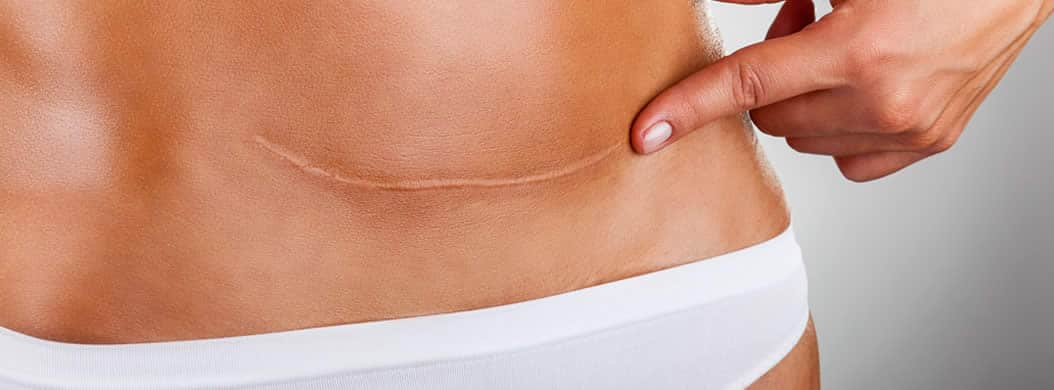

Scar formation is the body’s normal healing response to injury. Scarless healing is not possible but limiting how noticeable scars are is possible. While many scars fade over time and eventually transform to become barely noticeable, many patients experience disruptions to the healing process that cause scars to become red, raised, or widened. Thick scars can limit the movement of surrounding tissue and joints. Active scar care can help to limit and decrease the risk of poor scar healing.
Many patients seek treatment to improve the appearance of scars they are unhappy or embarrassed by, especially when they are located in prominent areas. Function of scarred areas may improve with scar revision as well.
Dr. Trussler provides comprehensive scar care and scar revision services to help optimize the scar healing process.
What Are My Options?
Healing after any injury or surgery to the body creates a scar. This early scar tissue is mainly composed of immature collagen which is weak but rapidly heals and seals the injury. As a scar matures, it slowly transforms to more normal collagen types which are stronger and more organized. This transformation of collagen correlates with scars fading and flattening.
- Prolonged or abnormal early collagen deposition may lead to persistently red and raised scars.
- Continual movement in an area of injury or surgery may cause the scar to become hypertrophic or larger and thicker because more collagen than normal is deposited.
- Limitation or tightness with movement may be experienced in areas of thick scars.
- Scars can become widened if there is a disruption in the healing phase such as an infection, or weakness in the scar such as in nutritional deficient patients.
All of these scarring problems can be indications for active scar care and/or scar revisions.
- Scar care helps to fade and flatten scars that are healing.
- Scar care is really indicated for almost any scar after an injury.
- Scar care includes hydration, compression and massage.
- Redness in scars can be faded with the use of laser light therapy.
- Red and thick scars can be treated with steroid tape or injections.
Scar revision removes widened or thick scars and replaces it with a finer more discrete scar. There are many surgical methods of scar revision, only some of which may be appropriate for a particular type of scar or its location. These include surgical excision with local rearrangement of tissue such as a Z-plasty, or local flap surgery.
Dr. Trussler will help you determine which type of treatment is right for you
Considerations
Scars are normal, and any scar can be improved with active scar care after the initial healing phase. Scar care should be continued for a minimum of 3 months and can be performed daily with a few easy steps depending on what type of scar care you are performing.
There are several different types of scar deformities which can be problematic because they can become thick, large, and limit movement. Scars can be predictably problematic in some anatomic areas and in some patients who have a family history of poor scarring. Scars over moving joints such as the knee, scars on the central chest, jawline, shoulder, and ears can all form abnormal scars.
Hypertrophic scars are caused by excessive amounts of immature collagen deposited at an area of surgery or injury. These scars are typically red and raised. They can be firm and thick which can contribute to limitation of movement. Other symptoms include itching and a preponderance to break down, bleed and become infected. They are considered harmless and do not grow beyond the boundaries of the initial wound.
Keloids are overgrown areas of scar tissue that appear as irregularly-shaped, raised, pink or red areas that may continue to grow over time. While they can occur anywhere on the body, they are most common on the face, neck, ears, chest or shoulders. Symptoms can be similar to those of hypertrophic scars.
Contractures are more mature scars that restrict movement as a result of the firm scar tissue shortening as it heals. This type of scar process most commonly occurs after large amounts of tissue loss, prolonged immobilization, and/or in thick scars over a joint.
Expectations
It is important to realize that scars cannot be completely eliminated, but can be improved in appearance after daily treatment and/or scar revision.
Through active scar care the normal healing of scars can be optimized. Abnormal scars can be improved with scar revision procedures. With realistic expectations and good overall health, most patients are satisfied with the results of this procedure.
The best scar procedure will vary depending on the location and severity of the scar, as well as the age, overall health and extent of revision desired by the patient. Dr. Trussler will develop a personalized treatment for you after a thorough evaluation of your scar.
Scar Treatments in Austin, TX
Scar care starts before any operation with the proper placement of incisions in line with the body’s natural skin tension creases. Limiting tension in closure, proper closure of incisions with supportive sutures, and proper wound healing can all positively affect scarring. Things like poor nutrition, smoking, steroids, and vascular disease can all negatively effect wound healing and scarring and should be optimized prior to surgery. Once an area of surgery or injury has initially healed, active scar care can be started. This can include:
Moisture care: hydration with a moisturizer can help to soften and flatten a scar. Twice daily application with massage of a moisturizer into the scar can be a simple step in scar care.
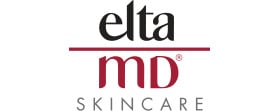
Sunscreen: UV rays can negatively effect the scarring process by activating the pigment cells in the hypersensitive scarred skin leading to darkening of a scar. Application of a sunscreen can protect against this and help lead to a faded scar.
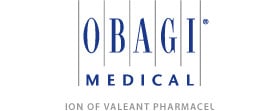
Silicone Sheeting: helps to add compression to the scar, hydrate the scar, and provide a negative charge. All of these actions, can positively effect scar maturation and healing. Silicone sheeting helps to flatten and soften the scar, and can be applied once or twice daily and left in place for 12 to 24 hours. They are usually reusable sheets of silicone.

Silicone Gel: has similar activity to silicone sheeting, but may have the added benefits of scar massage, increased hydration, and convenience. Silicone gel is massaged into the scar which can have help to soften and flatten the scar. It is applied as a gel or lotion which maintains hydration of the scar and is easily used on any scar, even hard to conform scars and facial scars.
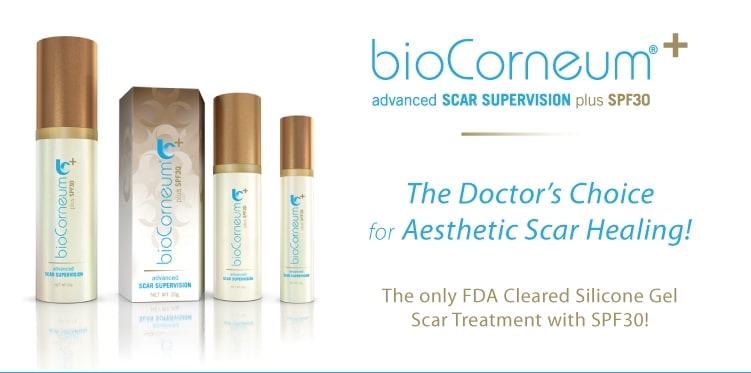
Scar Gel: specific scar formulations help to hydrate the scar and can actively reduce redness and itching. Select scar gels can have an anti-microbial property which can decrease local irritation in the early scar phase. These products are massaged into the scar which can have help to hydrate, soften and flatten scars. Scar gels are ideal for larger and longer body and breast scars.
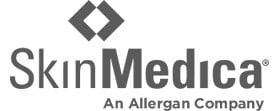
Steroid Tape: can help to soften and flatten scars through the effects of the steroid which decreases scar inflammation and the compression of the tape it is contained in. Any tape can provide a moisture barrier which can hydrate the scar. Steroid tape can be use don persistently red and firm scars.
Paper Tape: can provide compression and a moisture barrier to the scar. It is an easy and effective modality of scar care which may be appropriate for long simple scars on the body or extremities.
Dr. Trussler performs several different scar revision procedures to help improve the appearance and functionality of the affected area. Scar revision procedures can help to flatten raised scars, narrow wide scars and fade red scars.
Scar Revision Surgery – Surgical excision and release of mature scars is most often used for severe scar contracture and widened scars. The scar is typically removed and the healthy surrounding skin is rotated and advanced to fill the scar area. A skin flap can be used to restore the appearance of the skin in the treated area and also improve movement and flexibility that may have been affected by the contracture. Z-plasty can be applied to break up dense scar bands which limit movement.
Laser Treatments – laser light is converted to heat energy when applied to certain cell types and pigment. It can be used to help flatten and fade thick red scars. The precise technology used during laser treatments ensures that only scar tissue is treated, while healthy surrounding tissue remains intact. Dr. Trussler uses the most advanced, state-of-the-art laser technology available to ensure safe and effective scar treatment in even the most prominent and sensitive areas.
Dermabrasion – uses mechanical energy to help smooth and flatten scars. This can be performed in the office to help even and blend scarred areas.
Scar Therapy After Care & Recovery
Scar care is usually started at the three week point after surgery to help direct scar healing. Daily scar care regimens will be recommended depending on site and length of the scar. Specific scar care regimens are usually recommended for at least 3 to 6 months.
Dermabrasion and laser resurfacing may be needed to help flatten the areas of mature scar. These procedures are usually considered after a course of topical therapy (3 months). Recovery from these procedures is relatively limited and care after is usually moisture based. These in-office procedures may need repetitive treatments every 4 to 6 weeks apart.
After a scar revision surgery, patients will usually need about a week off from work and other regular activities. There will likely be mild bruising and swelling for the first few days, which can be relieved with cold compresses to the area of surgery, as well as elevation of the head or extremity. Splints or casts may be applied to the hand, arm or leg after extensive scar release and flap closure. Dr. Trussler will provide you with his full post-operative instructions for the reconstructive procedure during the initial consultation. Any stitches and/or staples will be removed in the first week.
Results from revision scar surgery are immediate though fully appreciated after about 3 weeks once swelling and bruising has subsided. Active scar care is needed after any scar revision surgery.
*Disclaimer: Results and individual patient experience may vary.

Whether you have a question or would like to setup a scar care consultation, Dr. Trussler and his staff are here to help. Please fill out our contact form, or call our Austin office at 512-450-1077 to schedule an appointment. Start your journey to not only looking, but feeling better today!
